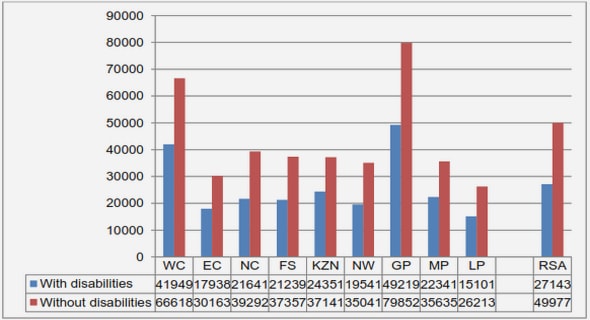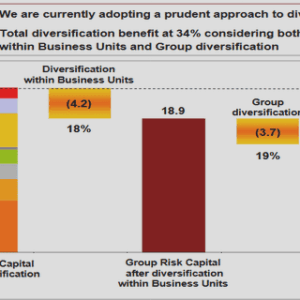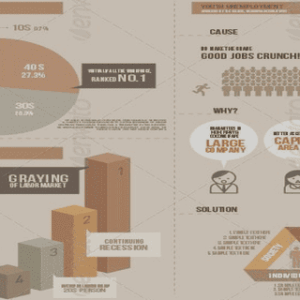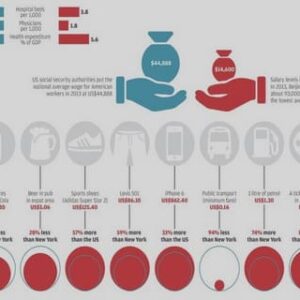(Downloads - 0)
For more info about our services contact : help@bestpfe.com
Table of contents
1. Introduction
1.1 Background
1.2 Problem discussion
1.2.1 Theoretical problematization
1.2.2 Managerial problematization
1.2.3 The research gap
1.3 Purpose
1.4 Research questions
1.5 Target group
2 Theoretical background
2.1 Customer experience management
2.2 Technologies impact on customer journey
2.3 Touchpoints and interactions in customer journey
2.4 Customer engagement as interaction
2.5 Technologies impact on customer experience quality (EXQ)
2.6 Summary
2.7 Theoretical synthesis
3 Methodology
3.1 Research approach
3.2 Research strategy
3.3 Research design
3.3.1 Multiple case study design
3.4 Type of data
3.5 Research method
3.5.1 Semi-structured interviews
3.5.2 Collection of data
3.6 Operationalization
3.7 Selection of cases
3.7.1 Purposive sampling
3.7.2 Company criteria
3.7.3 Table of cases
3.8 Data analysis
3.8.1 Thematic analysis
3.9 Quality of research
3.9.1 Reliability in qualitative research
3.9.2 Validity in qualitative research
3.10 Ethical considerations
3.11 Sustainable considerations
4 Empirical findings
4.1 Cases
4.1.1 Ellos Group
4.1.2 Möbelmästarna
4.1.3 IKEA
4.1.4 Mio
4.1.5 Company A
4.2 Customer experience management
4.3 Technologies impact on customer journey
4.4 Touchpoints and interactions in customer journey
4.5 Customer engagement as interaction
4.6 Technologies impact on customer experience quality
5 Analysis
5.1 Customer experience management
5.2 Technologies impact on customer journey
5.3 Touchpoints and interactions in customer journey
5.4 Customer engagement in customer journey
5.5 Technologies impact on customer experience quality
6 Conclusion
6.1 Answering the research questions
6.1.1 How can retailers manage technological touchpoints in customer journeys in the furniture sector?
6.1.2 How can retailers use technological touchpoints to change the quality & customer engagement in customer journeys?
6.2 Theoretical implications
6.3 Managerial implications
6.4 Social and ethical implications
6.5 Limitations
6.6 Suggestions for future research
References
Appendices




